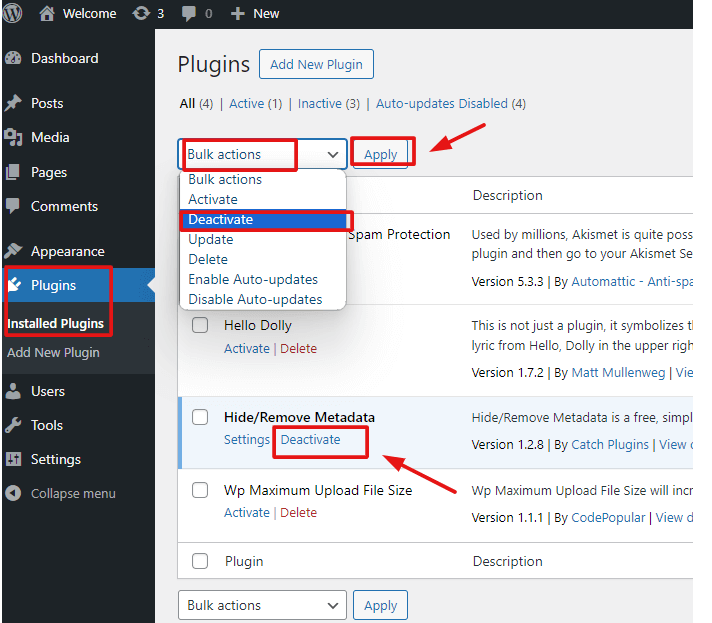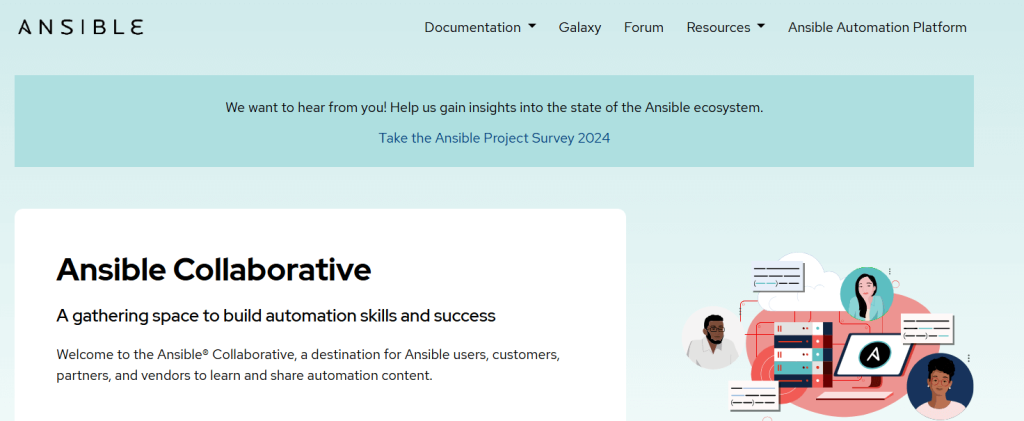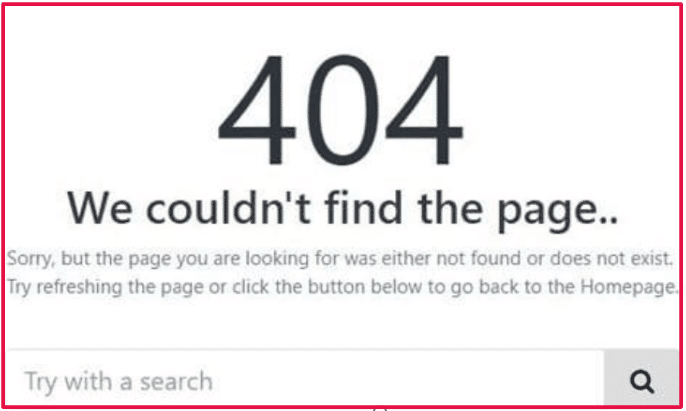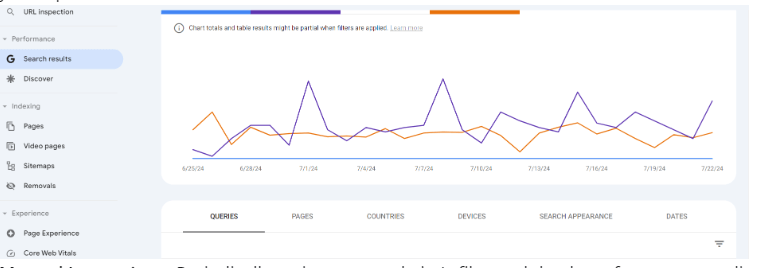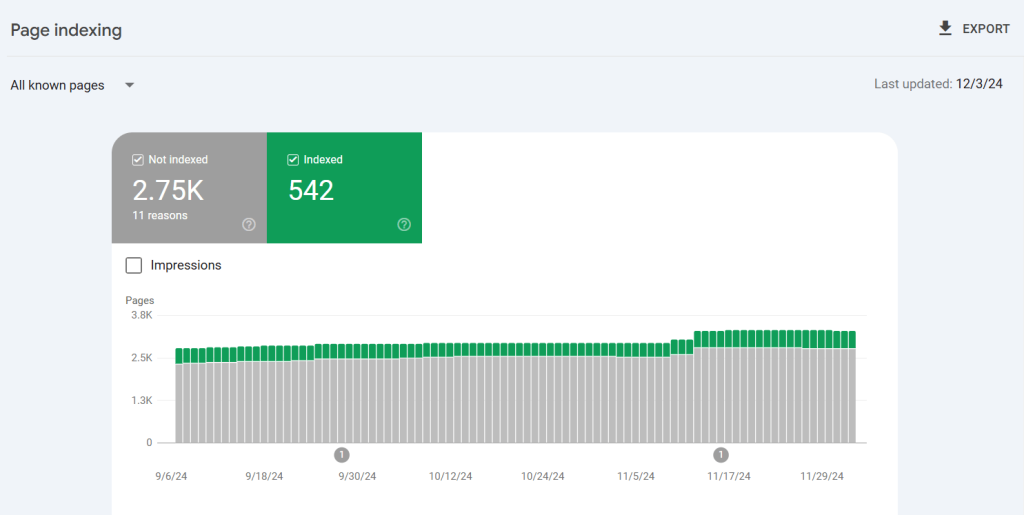Complete Guide HTTP CodesComplete Guide HTTP Codes is crucial for web developers, SEOs, and site owners. These status codes are issued by a server in response to a browser’s request. The codes plays a key role in website performance, SEO, and user experience. Knowing how to interpret and fix them can help keep your website running smoothly while avoiding common issues that can hurt your rankings or frustrate users.
In this guide, we’ll explore the complete list of HTTP status codes and dive deep into the most common ones, explaining their meaning, impact, and how to handle them for optimal website health.
What Are HTTP Status Codes?
HTTP status codes are three-digit numbers returned by a web server in response to a browser’s request. These codes let the client (browser) know whether a request was successful, failed, or was redirected. They are categorized into five classes:
- 1xx Informational: The server has received the request and is continuing to process it.
- 2xx Success: The request was successfully received, understood, and processed.
- 3xx Redirection: The client must take additional action to complete the request.
- 4xx Client Error: The request contains bad syntax or cannot be fulfilled.
- 5xx Server Error: The server failed to fulfill a valid request.
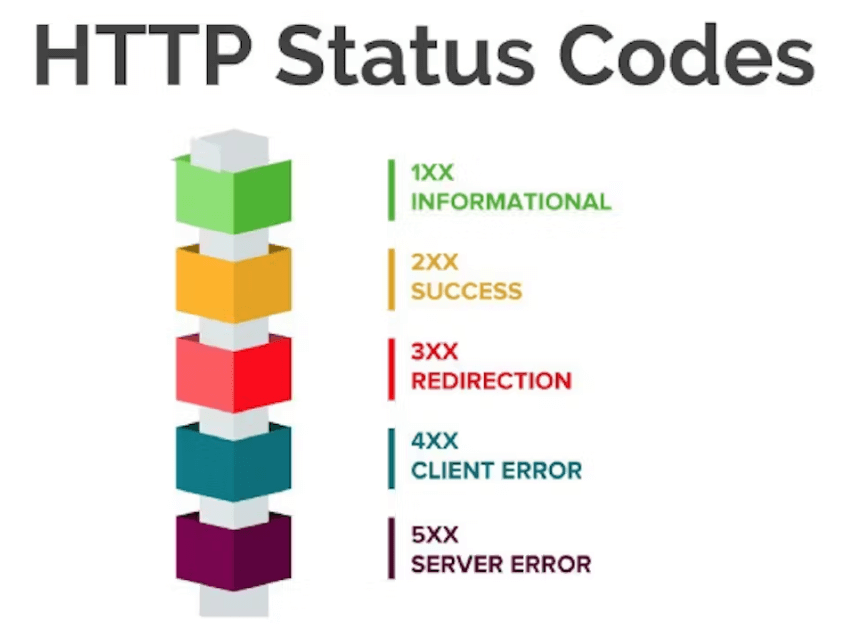
The Complete List of HTTP Codes
1xx Informational Responses
- 100 Continue: The client should continue with its request.
- 101 Switching Protocols: The server is switching protocols as requested by the client.
- 102 Processing: The request is being processed, but no response is available yet.

2xx Success Responses
- 200 OK: The standard response for a successful HTTP request. Everything is working as expected.
- 201 Created: The request has been fulfilled, and a new resource has been created.
- 204 No Content: The server successfully processed the request, but no content is being returned.
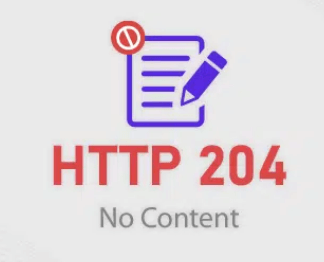
3xx Redirection Responses
- 301 Moved Permanently: The requested resource has been permanently moved to a new URL. This is essential for SEO when changing URLs.
- 302 Found (Temporary Redirect): The requested resource resides temporarily under a different URL.
- 304 Not Modified: The requested resource has not been modified since the last time it was accessed. This helps reduce unnecessary data transfer.
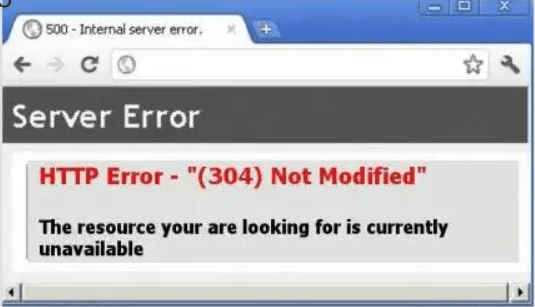
4xx Client Error Responses
- 400 Bad Request: The server cannot process the request due to invalid syntax.
- 401 Unauthorized: Authentication is required to access the requested resource.
- 403 Forbidden: The client does not have permission to access the requested resource.
- 404 Not Found: The server cannot find the requested resource. This is the most common client-side error and should be addressed to prevent broken links and a poor user experience.
- 429 Too Many Requests: The user has sent too many requests in a given time, and their access is temporarily blocked.
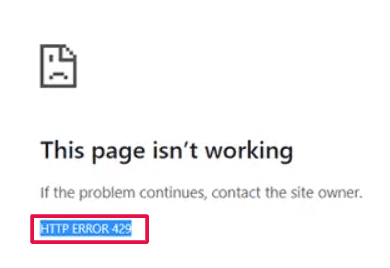
5xx Server Error Responses
- 500 Internal Server Error: A generic error message indicating the server encountered an unexpected condition.
- 502 Bad Gateway: The server, while acting as a gateway or proxy, received an invalid response from the upstream server.
- 503 Service Unavailable: The server is temporarily unable to handle the request due to maintenance or overload.
- 504 Gateway Timeout: The server, acting as a gateway, did not receive a timely response from the upstream server.
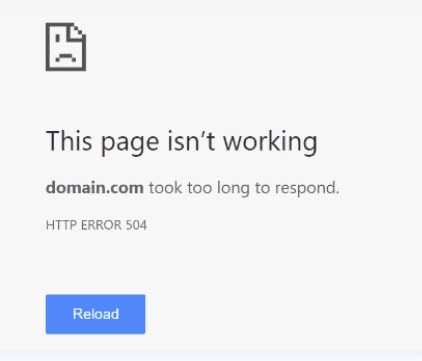
What Causes Server Errors and How to Resolve Them
1. PluginA plugin is a software component that adds specific features and functionality to your WordPress website. Esse... More Conflicts
Cause: Third-party plugins may conflict with each other or the server’s environment, triggering server errors.
Solution:
-
Regularly update plugins to their latest versions.
-
Deactivate unnecessary plugins to streamline functionality.
-
Troubleshoot by deactivating plugins one at a time to identify the source of the conflict.
2. Coding Errors
Cause: Poorly written or buggy code can disrupt server operations and lead to errors.
Solution:
-
Use error reporting tools like Sentry or Raygun to quickly identify coding issues.
-
Review and debug code thoroughly to ensure proper functionality.
-
Work with experienced developers to maintain clean and efficient codebases.
3. Server Misconfigurations
Cause: Incorrect server settings can lead to recurring server errors.
Solution:
-
Regularly audit your server configurations for inconsistencies.
-
Consult with your hosting provider to ensure optimal settings.
-
Use configuration management tools like Ansible or Puppet for consistent server setups.
4. Resource Overloads
Cause: Spikes in traffic or resource-intensive scripts can overwhelm your server.
Solution:
-
Choose scalable hosting solutions like AWS or Google Cloud to handle surges in traffic.
-
Implement caching mechanisms such as CDNs or server-side caching plugins to reduce the load on your server.
Proactive Strategies to Prevent Server Errors
Monitor Website Performance
-
Use tools like New Relic, Pingdom, or Google Analytics to continuously monitor your website’s health.
-
Set up alerts to catch performance issues before they lead to downtime.
Update Software and Tools
-
Ensure that your server software, plugins, and CMS are always updated to the latest versions.
-
Regular updates can address vulnerabilities and improve compatibility.
Addressing common server errors requires a balance of proactive monitoring and timely intervention. By understanding the underlying causes with the complete guide HTTP Codes. Whether they stem from plugins, coding issues, server configurations, or resource limits. You can implement effective solutions. Investing in robust hosting, efficient monitoring tools, and regular maintenance. It will minimize downtime but also enhance user satisfaction and search engine visibility.
How HTTP Status Codes Impact SEO
2xx Success Codes and SEO
A 200 OK status is what you aim for with all your webpages. It signals that everything is functioning as it should. When search engines like Google crawl your site and get a 200 response, they can easily index the page, improving visibility and rankings.
301 Redirects for SEO
The 301 Moved Permanently status code is vital when you’re changing URLs or restructuring your site. It tells search engines that the page has permanently moved, ensuring that any link equity (SEO value) is passed on to the new URL. Always use 301 redirects when renaming URLs to avoid losing traffic or search engine rankings.
4xx Errors and Their SEO Impact
404 Not Found errors occur when a page no longer exists or the URL is incorrect. Frequent 404 errors can negatively affect SEO by creating a poor user experience and wasted crawl budget. To avoid this, create a custom 404 page that provides helpful navigation or redirects users to related content. Regularly check for broken links using tools like Google Search Console.
5xx Server Errors and SEO
500 Internal Server Errors or 503 Service Unavailable errors can cause your site to be temporarily inaccessible, resulting in poor user experience and potential SEO penalties if the errors persist. Server-side issues should be addressed quickly to ensure minimal downtime.
Why are HTTP Status Codes Important for Crawling, Indexing and Ranking
HTTP status codes are essential for ensuring that search engines can effectively crawl, index, and rank your website. These codes act as the first communication between your website and search engine crawlers (or bots). Providing critical information about the accessibility and functionality of your pagesIn WordPress, a page is a content type that is used to create non-dynamic pages on a website. Pages are typica... More.
Ensuring Accessibility with 200 OK
A 200 OK status code signals that a webpage is accessible and functioning as intended. This is the green light for search engines to index your content. This is crucial for improving your rankings and increasing organic visibility. Without this, your content may never reach its intended audience through search results.
The Danger of 404 Errors
A 404 Not Found status code indicates that the page no longer exists or cannot be accessed. When search engines encounter multiple 404 errors, the affected pages may be removed from their index. Leading to a drop in visibility and traffic. You need to monitor your site for broken links. Fixing 404 errors is essential for maintaining your SEO health.
Managing Redirects: 301 vs. 302
Redirects are another critical area where HTTP status codes influence SEO:
-
301 Moved Permanently: This status code informs search engines that a page has moved to a new URL. It passes on the page’s link equity (or “SEO value”) to the new destination. Ensuring that rankings and authority remain intact.
-
302 Found (Temporary Redirect): While this indicates a temporary move, it does not transfer the same link equity. Overuse of 302 redirects can confuse search engines. And may negatively impact your SEO if the change becomes permanent.
How HTTP Status Codes Affect Crawling and Indexing
HTTP status codes directly influence how search engines crawl and index your site. For example, encountering too many errors or improper redirects can disrupt the crawling process. Leading to incomplete indexing. This, in turn, may affect your rankings and organic traffic. Ensuring that all pages return the correct status codes allows crawlers to navigate your site efficiently. And keeps your content competitive in search results.
Boosting Your SEO with Correct HTTP Status Codes
By understanding and correctly implementing HTTP status codes like 200, 301, and 404. You help search engines process your site more effectively. This boosts your online visibility and enhances user experience. Ensures that your website remains a strong contender in search engine rankings. Regular audits and proactive management of these codes can significantly improve your SEO performance over time.
Best Practices for Managing HTTP
- Monitor Your Website Regularly: Use tools like Google Search Console, Screaming Frog, or GTmetrix to monitor HTTP status codes and detect errors.
- Fix 404 Errors: Redirect outdated or broken URLs to relevant content using 301 redirects.
- Use 503 Status Codes for Maintenance: When performing site maintenance, use 503 Service Unavailable status to tell search engines that the site will be back soon.
- Optimize Redirect Chains: Minimize redirect chains (multiple redirects from one URL to another) as they slow down page load speed and negatively affect SEO.
- Audit Regularly: Conduct regular SEO audits to catch any issues with HTTP status codes that could impact user experience or search engine performance.
What Specific Features of Google Search Console for Tracking and Fixing HTTP Status Code Errors
Google Search Console is an essential tool for webmasters and SEO professionals. Offering powerful features to monitor. And resolve HTTP status code issues on your website. Here’s a closer look at its key capabilities:
Page Indexing Report: Understanding HTTP Status Codes
-
HTTP Status Code Overview: This report provides a summary of the HTTP status codes your website pages return. It highlights common issues like 404 errors (pages not found) and more severe problems. Such as 500 internal server errors.
-
Error Detection and Resolution: You can pinpoint problematic URLs. Resolve these issues quickly. Fixing HTTP errors improves website functionality. Also boosts search engine rankings and user satisfaction.
URL Inspection Tool: A Deeper Dive into Page Performance
-
Comprehensive Page Analysis: By entering a specific URL, this tool offers detailed insights into how search engines index your page. It helps identify potential obstacles. Including HTTP status code errors, and offers recommendations for improvement.
-
Real-Time Error Alerts: Stay proactive with immediate notifications about HTTP status issues. This feature allows you to resolve errors promptly. Ensuring your pages maintain optimal performance and deliver a seamless user experience.
By leveraging these features in Google Search Console. You can check the complete guide HTTP codes. And fix HTTP status code errors effectively. This proactive approach keeps your site healthy. Improves search engine visibility, and enhances the overall experience for your users.
How to Use Screaming Frog for HTTP Status Code Analysis
Are you looking to improve your website’s SEO and user experience? Analyzing HTTP status codes is essential—and Screaming Frog makes this process effortless. Here’s how you can use Screaming Frog to uncover and fix status code issues on your site:
Perform a Comprehensive Site Crawl
Screaming Frog allows you to crawl your entire website. Generating a detailed overview of every page’s HTTP status code. This feature is especially valuable for large websites. Helping you quickly identify problematic pages that may hurt your SEO.
Identify and Fix Error Codes
As Screaming Frog scans your site, it highlights error codes like 404 (Not Found) or 500 (Server Error). These errors can disrupt your user experience and search rankings. By addressing these issues, you can keep your site running while boosting your SEO performance.
Analyze HTTP Status Code Distribution
Screaming Frog provides a clear breakdown of all HTTP status codes found on your website. This detailed analysis can help you spot unusual trends. Such as an unexpected spike in redirects or error codes that could signal deeper issues.
Investigate Redirects for SEO Impact
Redirects play a crucial role in SEO, but improper use can harm your site. Screaming Frog lets you track and evaluate 302 (Temporary Redirects). Ensuring they are implemented correctly. Fixing unnecessary or excessive redirects can streamline your site’s structure and improve performance.
Maximizing SEO with Complete Guide HTTP Status Code Analysis
By regularly monitoring and analyzing HTTP status codes using Screaming Frog. You can ensure your website remains error-free, user-friendly and optimized for search engines. A well-maintained site improves rankings. Also delivers a seamless experience for your visitors.
Conclusion
A Complete Guide to HTTP Codes is fundamental to maintaining a healthy website. By understanding how to handle and troubleshoot these status codes. You can ensure smooth website functionality, improve user experience, and safeguard your SEO efforts. Whether it’s resolving 404 Not Found errors, optimizing 301 redirects, or fixing server issues. Mastering these codes is key to keeping your site running efficiently and maintaining search engine visibility.
Learning from a Guide to HTTP Codes allows webmasters and SEOs to take control of their website’s performance. Proper management of these status codes ensures that search engines can effectively crawl and index your site, while users encounter fewer errors. By being proactive with your HTTP status code strategy. You can improve site health, boost user satisfaction, and strengthen your overall SEO impact.
Looking for Complete Guide HTTP Codes and fast WordPress hosting with done-for-you updates? Check out our hosting packages by clicking the button below!


